
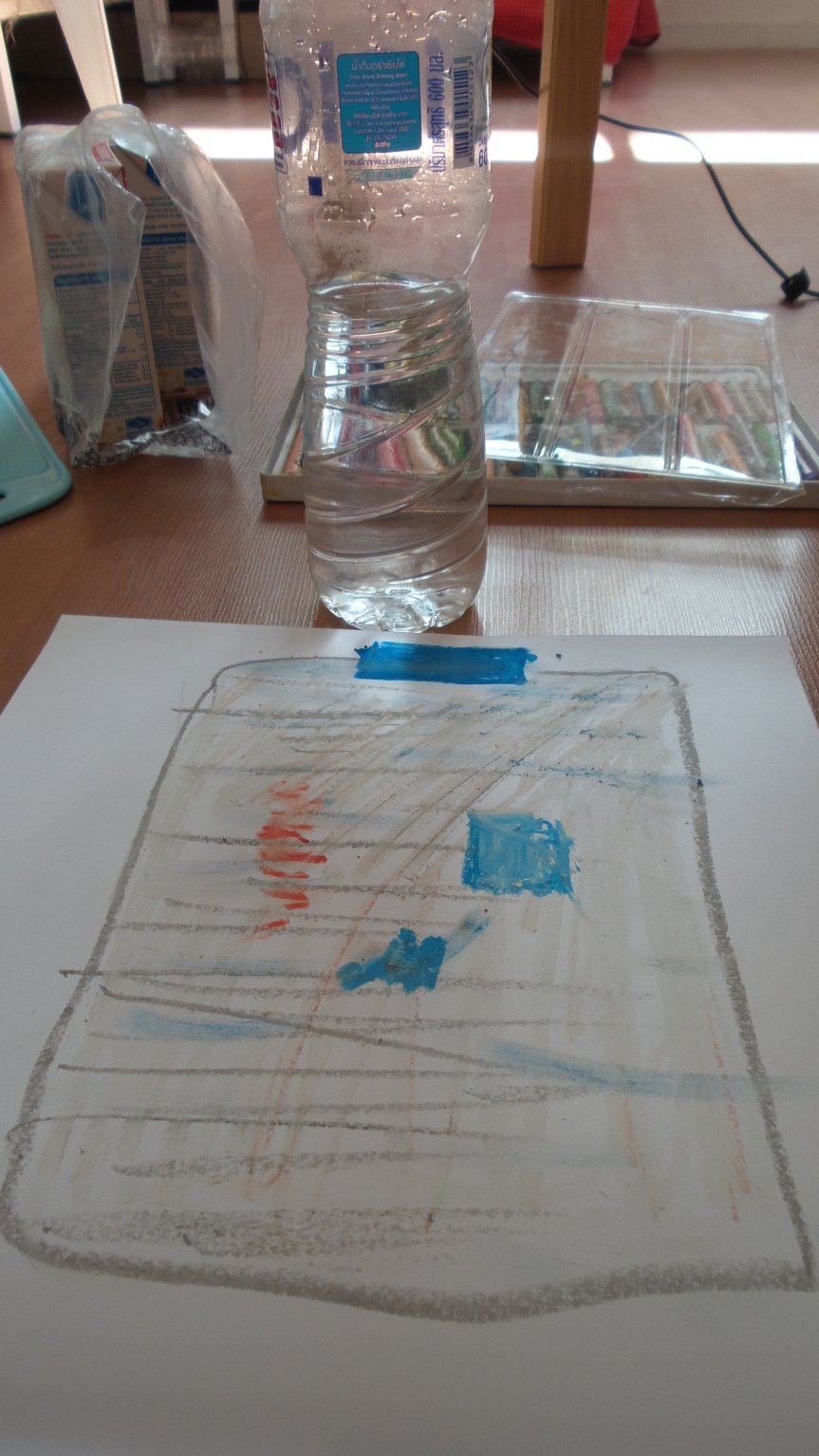
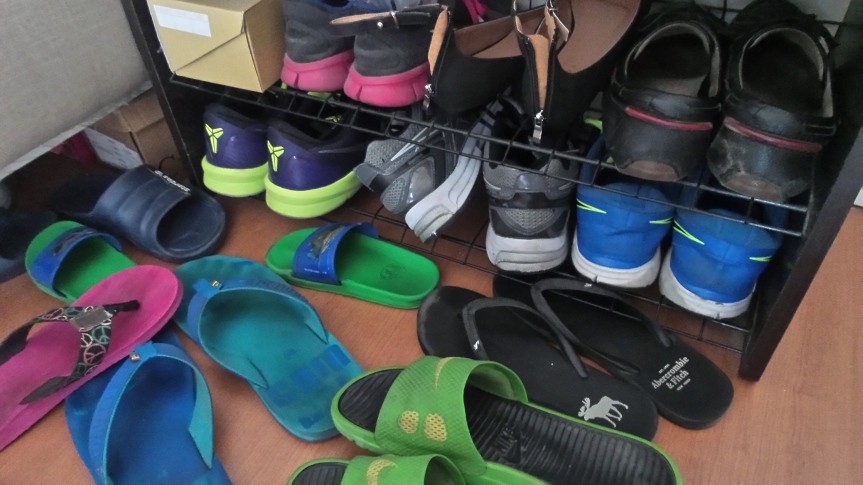

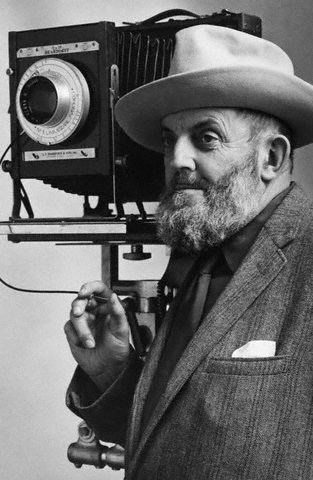
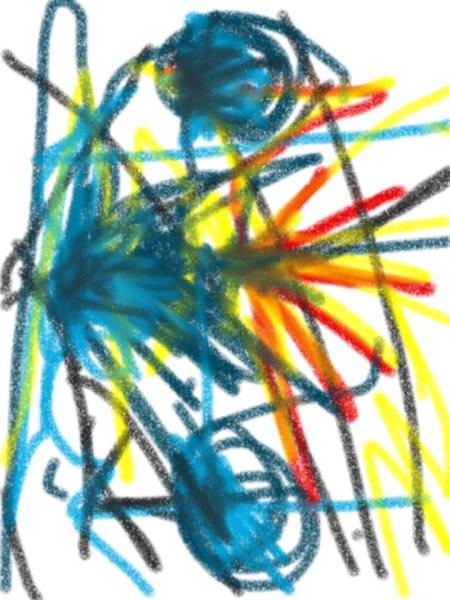



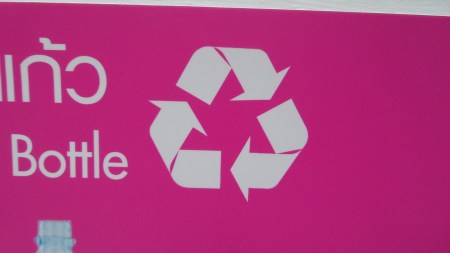
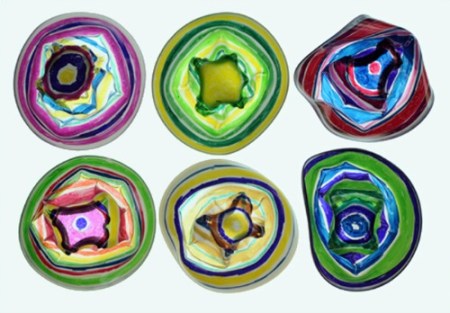
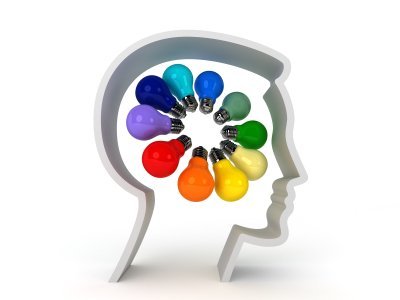
- My argument for using creativity and how seven cognitive tools are important as a way of developing creativity in the classroom
I do agree that thinking and approaching teaching is important and can change your classroom, maybe how you approach a subject, and what tools you may bring to the classroom. I had the difficulty of trying to break down the concept of recycling. I did want to challenge myself when beginning the class. I did not think I could think and use my brain and body in different ways trying to figure out how creative thinking could make learning exciting for myself and for students. I always think, what would interest me first, as a learner. This helps because I bore easy and especially from the traditional lecture given by the teacher and being a student listening for 35 minutes and possibly falling asleep.
So, I will approach each way of thinking and as a teacher, how this could benefit your teaching. My photos above could apply to any of the thinking tools we read about in “Sparks of Genius,” which was our text to help us at teachers and using creativity to spark student interest and I think our own as teachers. There is the concept of the teacher who runs out of “gas,” and loses ideas and ways to continue to talk about a subject and to change the way he or she teaches to match different students that come to the classes.
Body Thinking
This is the thinking tool we started off with and to get out using creative thinking to make our teaching more interesting. I teach grade school so I think these tools are needed because teachers get stuck. Teachers run into a “teacher’s block” where they are unsure how to get the energy to teach the same topic again. This can happen especially for me in mathematics and science and grammar and such. So, for this final exercise I will think of something other than recycling, which is what I focused on, and did get burned out, with thinking about, in so many different ways. I will think of the present progressive in English, well, the regular form, because I teacher English as a Foreign Language as well as many other subjects.
The present progressive is the -ing form of verbs and as a teacher I have to think of the interesting ways I can think of. I must use creativity of my thinking to perhaps make the learning more creative and push my students to be more creative in showing how they learn and if they learned the concept or idea. I would observe what it feels like, to use the -ing form in my body first. I would thinking of an action that is exciting. “I’m dancing in slow motion.” The body thinking is wondering because I would act out the dancing and dance in slow motion with no thinking just showing the students what the slow motion is.
Playing
And this thinking would lead me to another creative tool as a teacher, to play, I could ask students to join me in the dance and play, and see what styles of dance there are and how to dance fast and in slow motion. Showing and teaching by example is much more exciting to me and can help the class and move the energy for the class and get their focus on the body and playing. And then the fun part and creative part could continue and we could modeling what it is form a robot to be dancing in slow motion.
Modeling
Modeling can be such a beneficial thinking and creative tool because the teacher and students can step outside of their minds and see in action a model of the concept. It can be large in can be physical in this way. The dancing of a students as a robot and moving in slow motion could show the students that the fun is “still going on” just as the present progressive form shows, and this makes learning and teaching just PLAIN interesting to me.
Observing
These tools are interesting to me as a teacher because they form a circle of options for the teach in reaching students and getting them to understand the material that is part of your curriculum. Each of these tools can be used to approach the same topic. Students could describe what they see when they see the robot dancing in slow motion and then make a video to go along with different verbs in the -ing form. This could extend the exercise into a theme for the rest of the words to memorize.
Imaging
Now some of these thinking tools are easier than others to help explain a concept. But students can be creative and could move the teacher into different shapes and imagine what he would like like doing the different progressive verbs like sleeping on a chair and the students could film and have other students video these and do a video show on the projector by seeing the verbs come alive and into the real space of the classroom. The picture above of recycling as an image can be exciting and have students remember a difficult verb like talking, speaking, chatting, which are three verbs that some languages don’t need. The verbs talking and speaking especially might benefit from an image or to imagine what they look like.
Abstracting
This type of thinking may not be need for teaching -ing forms but what about maths. Ratios are always difficult and thinking abstractions on paper could help students think about the concept in its form and how it feels to see in in another shape. This may ignite a visual part the student was having a difficult time with and may help the student with “learners” block because students defiinitely sufffer from learner block also. They get bored and burned out with subjects or are frightened just by the word ratio or the subject matter. I think creative thinking and using the many ways to think can help with maths and some memorization of forumulas.
Patterns and Recognizing Patterns
This wonderful for maths especially to see the true nature of numbers and how they come to us and how we interact with them. In music, making it and listening to it, there can be some interesting ways to see if there are patterns in the music. This can be beneficial with music history or music theory which is another subjects students and I get bored with. These thinking tools can lead to ways to stepping out of the mind for a second to re-think something. Synthesizing is about using all the ways of the mind, body, and soul. I am typing this and I just saw the formula of force outside this window with two cars moving. You never know where you might get inspired by all this writing!

Analogy
This can be an interesting approach to teaching and this can be helpful in teaching miosis or mitosis, actions of cells. I always felt that learning about the actions of cells was not real because I couldn’t see it. But if we could do a physical activity like the procreation of new ideas as a each student as a class, this could help students thinking of contrasting but similar ideas or concepts.
Empathizing
This is one of my favorite tools from our book and how to put yourself into someone else’s body or in their shoes as they say. This can make the physical learning part come out and and the performance and acting type of learning come form. We can empathize with a river with too much Phosphorus and what the fish feel like swimming in it. We could all get on the floor and wiggle for two minutes and then fake our deaths.
Dimensional Thinking
This could help with teaching of angles and shapes and students could find other objects with similar angles found in an Isosceles triangle for example and stack them next to one another to see how the parts come together. I love that being visual and making a model and thinking about how big the angles might look just might help a student memorize the size of a particular angle. This makes learning more real and tactile which helps with learning. The senses should all be used in thinking of teaching and learning and how to observe a subject before teaching it.
Transforming
This type of thinking is putting little pieces together to form a bigger object. This could help with parts of speech and verbs and adverbs and all the little parts could make a sentence and students could hold each word that is the verb or adverb or the noun or the adjective and then move around and around to form new sentences. I think this would make transforming come alive for them and maybe help with creative sentence building and help make grammar fun and creative. I love grammar but it is because I can transform in my mind and on paper or on this computer. I can move the parts to different places to make sentences.
2. How to Spin them around and Synthesize
It is very important to play with all the thinking tools and to see each subject and lesson a way to make life creative for you and your students.
Finishing
I hope my Twitter message holds well for defining this thing called synthesizing.
This is my Tweet link. Click here.
-I added my “pitch” on Instagram and here is the link:
my video link click here
Closing
I have enjoyed thinking about thinking and being creative with this.
